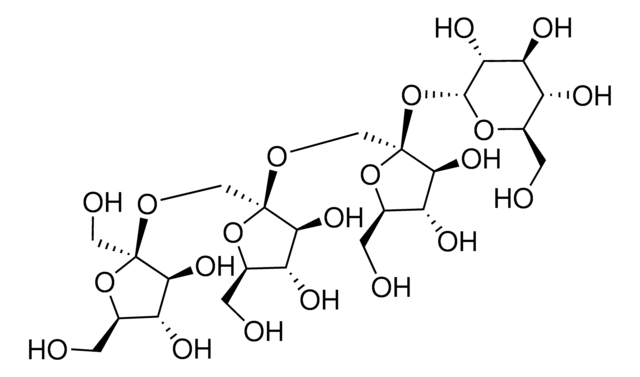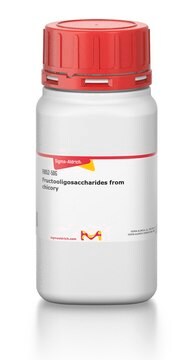84727
Acide sulfurique
for the determination of nitrogen, ≥97.0%
About This Item
Produits recommandés
Qualité
for inorganic trace analysis
for the determination of nitrogen
Niveau de qualité
Agence
suitable for SM 4500 - NH3
Densité de vapeur
<0.3 (25 °C, vs air)
Pression de vapeur
1 mmHg ( 146 °C)
Description
Nominally 95-98% H2SO4
Essai
≥97.0%
Forme
liquid
Impuretés
≤0.0005% total nitrogen (N)
Résidus de calcination (900 °C)
≤0.0005%
Couleur
clear
pb
~290 °C (lit.)
Densité
1.840 g/mL at 25 °C (lit.)
Chaîne SMILES
OS(O)(=O)=O
InChI
1S/H2O4S/c1-5(2,3)4/h(H2,1,2,3,4)
Clé InChI
QAOWNCQODCNURD-UHFFFAOYSA-N
Vous recherchez des produits similaires ? Visite Guide de comparaison des produits
Description générale
Application
Mention d'avertissement
Danger
Mentions de danger
Classification des risques
Eye Dam. 1 - Met. Corr. 1 - Skin Corr. 1A
Code de la classe de stockage
8B - Non-combustible corrosive hazardous materials
Classe de danger pour l'eau (WGK)
WGK 1
Point d'éclair (°F)
Not applicable
Point d'éclair (°C)
Not applicable
Équipement de protection individuelle
Faceshields, Gloves, Goggles, type ABEK (EN14387) respirator filter
Faites votre choix parmi les versions les plus récentes :
Déjà en possession de ce produit ?
Retrouvez la documentation relative aux produits que vous avez récemment achetés dans la Bibliothèque de documents.
Les clients ont également consulté
Notre équipe de scientifiques dispose d'une expérience dans tous les secteurs de la recherche, notamment en sciences de la vie, science des matériaux, synthèse chimique, chromatographie, analyse et dans de nombreux autres domaines..
Contacter notre Service technique



